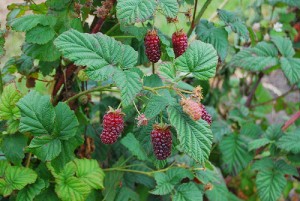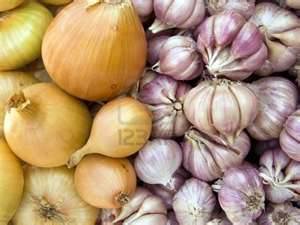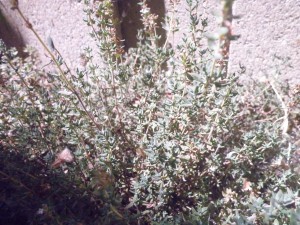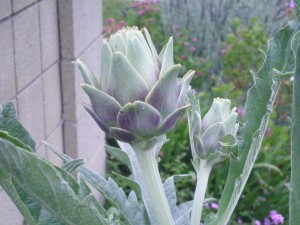Polls
Are your mealtimes with your child pleasant?
- Yes, almost always pleasant (100%, 3 Votes)
- No, it is usually a struggle (0%, 0 Votes)
Total Voters: 3
 Loading ...
Loading ...
Category Archives: Edible Plants
Herbs: Benefits of Thyme and Oregano
When folks want to eat healthy, I tell them to add herbs to their dishes to avoid “boring” food. Herbs at the store can be expensive and take planning. You need fresh herbs usually the same day you make your dish. But why not grow them in a container or in the ground? You will have them when you need them.
Posted in Edible Plants, gardening, Health, Herbs, Uncategorized
Tagged container gardening, garden, health, herbs, oregano, thyme
Leave a comment
In Season: Berries
 The time is NOW! Berries are available now through the beginning of fall. If you are growing a berry bush, i.e. raspberries or blackberries, you might have seen them already on your vines. But peak time does vary depending on the berry. Strawberries and blueberries are at their peak now, while blackberries and raspberries will be at their peak in August going into the fall.
The time is NOW! Berries are available now through the beginning of fall. If you are growing a berry bush, i.e. raspberries or blackberries, you might have seen them already on your vines. But peak time does vary depending on the berry. Strawberries and blueberries are at their peak now, while blackberries and raspberries will be at their peak in August going into the fall.
These fruits are great raw or cooked, especially as a pie. Among the first people to appreciate these fruits were Native Americans, who ate them, cooked them, dried them for adding to winter soups and stews, and even used them as medicines, dyes, and food preservatives.
Posted in Cancer, Cooking, Edible Plants, Health, Nutrition, Organic, Pestistides
Tagged berries, nutrition, organic, preparation, raspberries, storage, strawberries, strawberry soup, vitmains
Leave a comment
In Season: Artichokes
In all honesty, artichokes are probably a spring crop, but here in So Cal, they are ready for me to eat 🙂
A single artichoke is actually an unopened flower bud from a thistle-like plant, Cynara scolymus. It’s a member of the daisy family.
They were avidly cultivated in the fifteenth century in Florence and was reputedly taken to France by Catherine de Médicis, wife of Henry II. The French, Italians, and the Spanish continue to be the leading growers and consumers of artichokes. It was European immigrants who brought artichokes to the United States in the nineteenth century to Louisiana and then later to the mid-coastal regions of California, where the cool, foggy climate is ideal for growing.
Posted in Cooking, Edible Plants, Nutrition, Uncategorized
Tagged artichoke, cooking, daisy family, fiber, nutrition, recipe
Leave a comment
Onions & Garlic: A rose by any other name
 I have been attending herbal classes. While I know some of the benefits of the nutritional properities of some herbs, I always enjoy learning more. So I thought I would share the benefits of onions & garlic.
I have been attending herbal classes. While I know some of the benefits of the nutritional properities of some herbs, I always enjoy learning more. So I thought I would share the benefits of onions & garlic.
The distinctive odor that garlic produces doesn’t occur until it is crushed. This is the plant’s defense mechanism against insect predators. Garlic cloves contain an odorless , sulfur-containing phytochemical called “alliin.” When the clove is disrupted, alliin is released and reacts with an enzyme in the neighboring cells that converts it to the odoriferous “allicin.” Allicin is the garlic’s bug repellant – and a “people” repellant which is why many folks are shy about eating it. If that’s the case, roast or cook whole to avoid the smell.
Posted in Cancer, cholesterol, Cooking, Edible Plants, gardening, Health, Herbs, Nutrition
Tagged cholesterol, garlic, onions, quercetin, recipe
Leave a comment
Edible Weeds
Weeds in your yard? Don’t worry they might be edible! I recently attended a garden tour of an organic garden with weeds. I took photos so I wouldn’t forget and have posted some common one that you would find in the Long Beach area.
Many know the dandelion is all edible. I’ve even seen it sold at a local farmer’s market. It can be bitter, but edible. A recent website also focuses on edible weeds.



